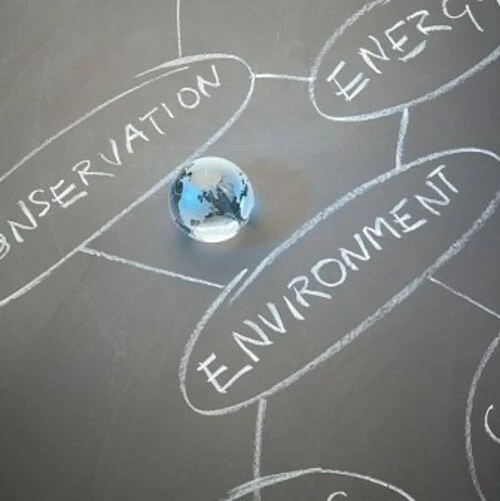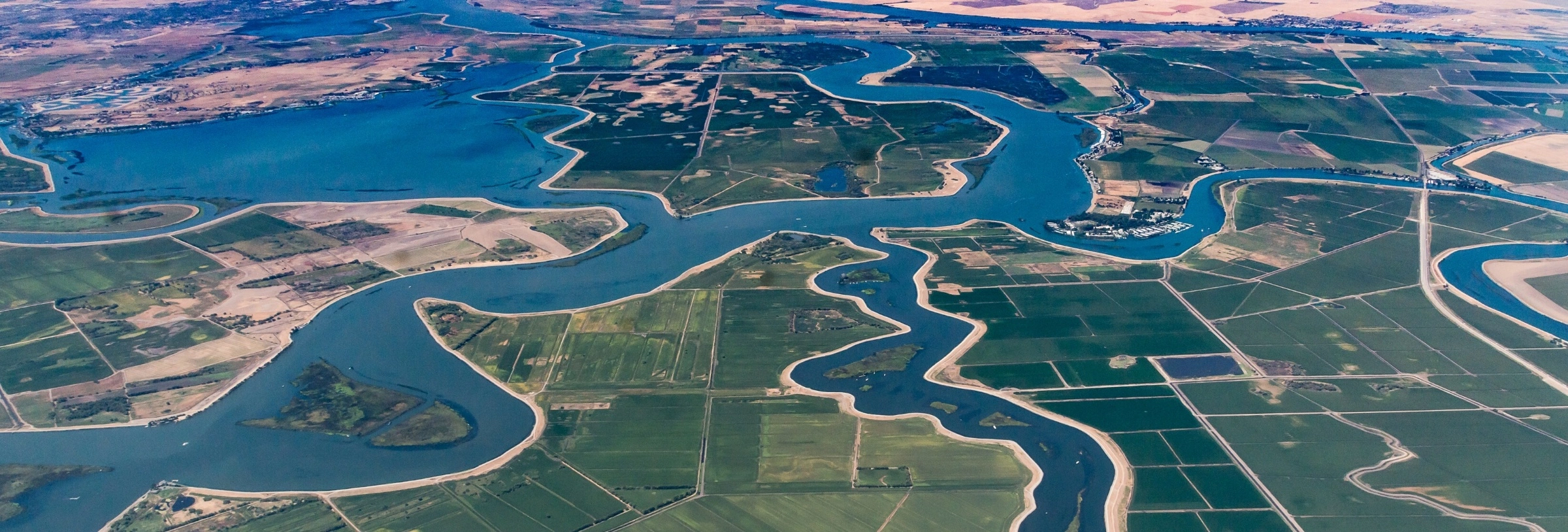
On January 24, 2025, President Trump issued Executive Order 14181 (EO 14181), entitled “Emergency Measures to Provide Water Resources in California and Improve Disaster Response in Certain Areas.” While alluding to assisting Americans in disaster areas generally, EO 14181 largely focuses on significantly changing water management policies in California.
Key Provisions of EO 14181 and the Impact on Water
The first three sections of the executive order are the ones primarily focused on California water.
- Section 1, entitled “Policy,” notes that “it is the policy of the United States to provide Southern California with necessary water resources, notwithstanding actively harmful State or local policies.”
- Section 2 is entitled “Overriding Disastrous California Policies.”
- Section 2 (a) directs various executive branch offices to “take all measures, consistent with all applicable authorities, to ensure adequate water resources in Southern California” and to provide the President with a report within 15 days on all authorities available to those offices to ensure, require, maintain, or use infrastructure necessary to prevent and fight wildfires in California.
- Section 2 (b) adds that “the Secretary of the Interior and the Secretary of Commerce shall immediately take actions to override existing activities that unduly burden efforts to maximize water deliveries.” It also directs those parties to consider actions consistent with the no action alternative in an environmental impact statement (EIS) issued by the U.S. Bureau of Reclamation (BOR) in 2024 focused on the Central Valley Project (CVP) and the State Water Project (SWP). The no action alternative set forth in that EIS would continue implementation of the CVP and SWP in accordance with a 2020 record of decision signed by BOR and two biological opinions issued by the U.S. Fish and Wildlife Service and National Marine Fisheries Service in 2019, each of which were challenged in federal court and were voluntarily remanded to the agencies without vacatur.
- Sections 2 (d) and 2 (e) instruct the Secretary of the Interior to reconsider its approach to section 7 of the ESA, which requires agencies ensure their actions do not jeopardize ESA-listed species or destroy or adversely modify critical habitat of those species. The directives in these sections apply to the CPV and SWP specifically as well as implementation of ESA section 7 more broadly. Together, these sections are focused on prioritizing the delivery of water over the processes intended to ensure conservation of ESA-listed species.
- Sections 2 (f) and 2 (g) are focused on identifying “any regulatory hurdles that unduly burden each respective water project” and finding ways to suspend/revise/rescind those.
- Section 3 is entitled “Ending the Subsidization of California’s Mismanagement.” It is focused on identifying California policies that are inconsistent with the President goals and includes a section on revoking federal grants, contracts, etc. based on “any lack of compliance” and on identifying terms to add to future programs/projects/activities.
Almost immediately, there have been short-term actions taken in response to EO 14181. For example, the U.S. Army Corps of Engineers recently released approximately 2.2 billion gallons of water from Lake Kaweah and Lake Success, purportedly based upon this executive order. The immediate net effect of these releases on existing water rights has been minimal, as the water was reportedly used primarily for groundwater recharge with some also used for irrigation. However, Federal agencies and other stakeholders are currently working through the long-term implications of EO 14181, which are largely still to come.
Governor Newsom Potentially-Related Executive Order
On January 31, 2025, Governor Newsom issued Executive Order N-16-25 (EO N-16-25). While Governor Newsom’s order is not explicitly tied to the President’s order, the significant overlap in topics and the timing at least suggest a connection.
Governor Newsom’s executive order is focused on waiving a variety of environmental requirements to maximize stormwater capture. Ordering paragraphs 3 and 4 are the ones most similar to the President’s order. In particular, ordering paragraph 4 is incredibly similar to the section 2 (g) requirement of President Trump’s order. EO N-16-25 includes the requirement “to identify any obstacles that would hinder efforts to maximize diversions …, to remove or minimize such obstacles wherever possible, and to promptly report to my office any additional statutory or regulatory barriers that should be considered for suspension” whereas President Trump’s order includes the requirement to “identify any regulatory hurdles that unduly burden each respective water project, identify any recent changes in state or Federal law that may impact such projects from a regulatory perspective … and … develop a proposed plan … to appropriately suspend, revise, or rescind any regulations or procedures that unduly burden such projects and are not necessary to protect the public interest or otherwise comply with the law.”
Whether directly connected or not, stakeholders in the world of California water will need to navigate between these two recent orders.
Other Responses and Impacts
The responses to President Trump’s executive order seem to be primarily split as expected, with (primarily agricultural) water districts supporting it and environmental groups opposing it.
Environmental groups have stated the move will be detrimental for the environment and listed species, including the fear that this executive order may lead to the invocation of the “God Squad,” which is the colloquial term for a the federal Endangered Species Act Committee, which has the authority under ESA section 7(h) to decide whether a given federal action should be exempted from the requirement of ESA section 7(a)(2) that federal agencies ensure their actions do not result in jeopardy to a listed species or destruction or adverse modification of critical habitat. Most famously, the God Squad granted an exemption from section 7(a)(2) with respect to the Tellico Dam even though scientists predicted completion of the dam would result in the extinction of the snail darter. Relative to the executive order, it appears the primary concern of environmental groups is the potential for the God Squad to approve an action that would result in the extinction of the delta smelt, particularly given Trump’s executive order on Putting People over Fish: Stopping Radical Environmentalism to Provide Water to Southern California and his historical statements on the delta smelt.
More broadly, the full impact of EO 14181 will depend on the details and what further actions the Federal agencies take from here. Of greatest concern for water providers is Section 3 (c), which seemingly puts existing contracts, grants, and other financial assistance at risk. If this is treated as essentially an audit, then there may not be too much concern from providers; however, should the executive order be used to permanently cancel financial assistance, water providers could expect significant disruption. Only time will tell.
Webinar Exploring These Issues and More
Nossaman hosted a webinar entitled “Executive Actions’ Impact on Energy, Transportation and Water” on February 12, 2025. That webinar, led by attorneys from Nossaman’s Environment & Land Use and Infrastructure Groups, discussed this executive order among many others and the impacts of these executive actions on a variety of sectors, including energy, transportation, water, residential and commercial development projects. The recording of the webinar can be accessed here and the slides from it can be viewed here.
- Associate
Alex Van Roekel provides counsel to clients on state and federal water law issues, including compliance with statutory and regulatory requirements, litigation strategy in both state and federal court and public policy within the ...
California Water Views provides timely and insightful updates on the water sector in the state. We relay information on how water legislation and policy from the nation’s capital, Sacramento, and around the U.S. affect California’s water utilities, agencies, practitioners, and consumers. We also write about important events, conferences, legal cases, and other key happenings involving all things water in and around California.
Stay Connected
 RSS Feed
RSS Feed
Categories
- Clean Up of Groundwater & Contaminated Media
- Climate Change
- Coastal Development
- Construction
- COVID-19
- Dam Construction, Operation & Removal
- Desalination
- Environmental Protection Agency
- Events
- Government Administration
- Groundwater Management & SGMA
- Inverse Condemnation & Regulatory Takings
- New Legislation
- Oceans, Marine Life & Maritime Transportation
- Project Construction
- Projects
- Public Agency Regulation
- Recycled Water
- Regulatory Reform & Proposed Rules
- Right to Take
- Valuation
- Water Infrastructure
- Water Litigation
- Water Quality
- Water Rights
- Water Supply
- Water Utility Regulation

